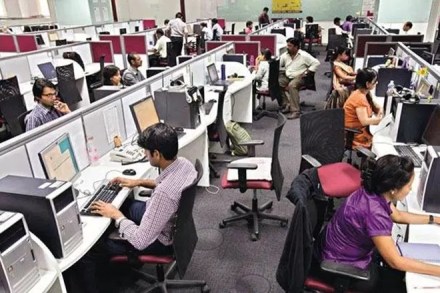It is no longer an unknown fact that economic disruption caused by demonetisation and the GST is fading out and in next couple of years, India will grow at a 7.5% growth level, which the World Bank said, a level consistent with its proximate factors. However, India 4.0 will need to chase the 8% plus growth to attain the middle-income group status, which would also require a lot of salaried jobs.
The World Bank said that sustaining a long run growth will require a focus on inclusive and productivity-led growth that generates salaried jobs for India’s growing population. It said that generating salaried jobs would require the dual approach of building an investment environment and skill development.
“This requires upgrading India’s human capital base, overhauling the public education system and encouraging female labour force participation,” the World Bank said in its half-yearly, India Development report.
The World Bank examined country’s growth in the last two and a half decades and said that it has been steady, resilient, and diversified. India’s growth since the 1990s was divided into three phases. The first phase of 1991 to 2003 era witnessed an average growth of 5.4% a year after the “watershed reforms” in 1991.
The second phase of 8% plus growth was between 2004 and 2008 due to rapid global growth, excess global liquidity, and the reforms undertaken in the previous decade. While the third phase of post-2008 was a growth slowdown, aligning with the slowdown in global growth rates and the onset of the global financial crisis in 2008–09, which also witnessed structural reforms at home.
However, now, for India to enter the fourth phase of growth, India needs to focus creating more salaried jobs. It also mentioned that other big challenges that India needs to tackle to achieve this growth are managing natural resources and strengthening the public sector. (Read More)
Another World Bank report, too, advocated that the need for the hour is that India creates regular salaried jobs to support its growth. It also said that India’s public sector, which provides good jobs, employs only 5% of the workforce.
“In a society with wide inequalities creating productive, regular jobs are perhaps the most urgent priority,” World Bank said in a draft Systematic Country Diagnostic (SCD) for India. (Read More)
